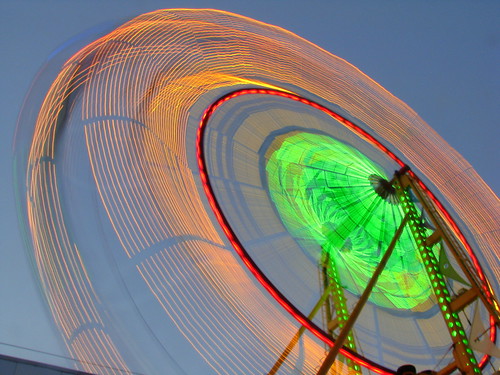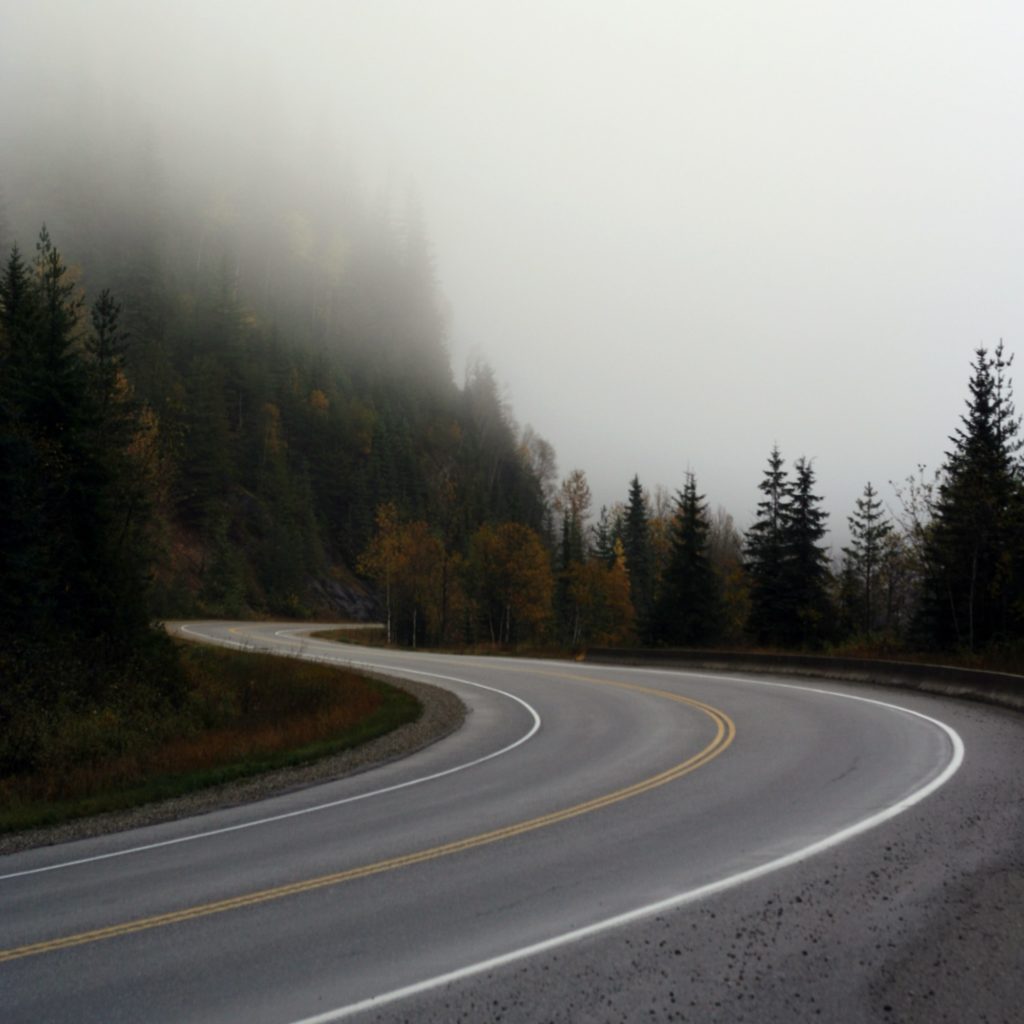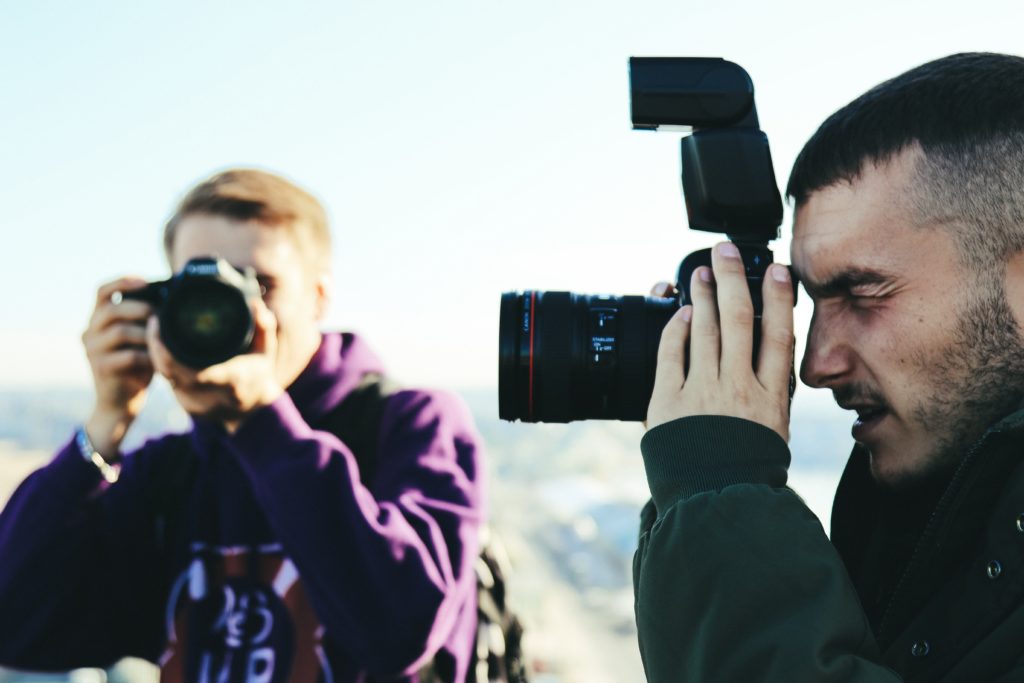One of the great things about stepping up from compact cameras to SLRs is the amount of extra control you get over the final shot. While that control can be used in an almost infinite set of combinations, one of the more popular and effective ways to use it is with motion blur photographs.
The fact that motion blur can be used to create stunning photographs in everything from wedding through to sports photography shows its utility. Mastering the basics of motion blur for different settings simply adds an extra weapon to your arsenal of photography skills that can be applied in an almost limitless amount of photographic situations. It's the utility of motion blur in its potential application to so many situations that means that mastering it will result in you being a better photographer.
Why Use Motion Blur?
It is most often said that motion blur allows the photographer to simulate movement in their static images. It certainly offers a very different effect from freezing a moment in time with faster, perfectly focussed shots. Used creatively like in the shots in this article, it can result in some amazing effects.
So What is There to Know About Motion Blur?
The first thing to come to grips with is shutter speed – something that all photographers will be familiar with. Put simply, the longer you leave open your camera shutter, the more blurred any movement within the frame will appear in the final shot. Depending on the camera, the range of shutter speed will be anything from 1/4000 of a second (very fast) up to 30 seconds (very slow). Many camera also have a Bulb setting meaning that the exposure will be for as long as you press the shutter button (or its remote controller).

Photo by
Renzy Atibagos
What Problems Will Your Face With Motion Blur?
Perhaps the most common problem you will face with attempting motion blur is during the day when the amount of light hitting the film or sensor will mean that shots (or parts of the shot) with a longer shutter speed will often be over exposed.
The simple solution is to reduce the light hitting the sensor by adjusting the aperture. Closing it down to f/22 or similar will help, though you then run into issues of depth of field (which may or may not be welcome).
You may also find that bright backgrounds will be blown out which can be adjusted for by using a neutral density (ND) filter to limit the light hitting the sensor. You might also consider an ND Graduated filter if the over-exposed area is from a particular part of the shot (usually sky).
The other solution to the problems associated with motion blur shots in daytime settings is to adjust ISO. Decreasing the sensor's sensitivity to light is worth experimenting with if your results are still over exposed. Try ISO 100 or 50 to help limit the over exposure (and an added bonus of reducing noise). This will also allow you to get motion blur with slightly faster shutter speeds which reduces the chance of unwanted blur from camera shake.
Don't Forget About Flash
A technique you can try to produce some cool effects involves using motion blur in combination with a flash. The effect basically freezes the object while conserving the motion blur to that point. Check out the image below.
Motion blur is simply one of many techniques available to a good photographer. As you can see from the examples here, mastering motion blur can render some incredible photography and add one more arrow to your photographic quiver.












3 Comments
This us interesting stuff, and I love some of the examples. I have a question though, I have just a nikon coolpic p100 (bridging camera) and I have a lot of the features needed to achieve great motion blur shots but can never seemto get the right combination for a great outcome – there always seems to be too much light regardless. Any thoughts on what I could do?
FrecklesPhotos
FrecklesPhotos, there should be an exposure control setting on your camera. If you stop down (decrease) about 2 steps, you should get the desired lighting results. Hope that helped.
Great examples. Shutter speed is so funny to play with, and this is a great inspirational article showing several interesting ways to play with it.